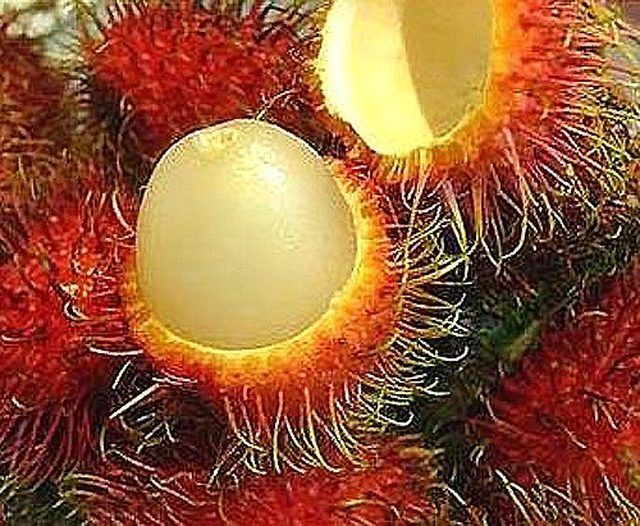Bulbs
Flower Basics
Flower Beds & Specialty Gardens
Flower Garden
Garden Furniture
Garden Gnomes
Garden Seeds
Garden Sheds
Garden Statues
Garden Tools & Supplies
Gardening Basics
Green & Organic
Groundcovers & Vines
Growing Annuals
Growing Basil
Growing Beans
Growing Berries
Growing Blueberries
Growing Cactus
Growing Corn
Growing Cotton
Growing Edibles
Growing Flowers
Growing Garlic
Growing Grapes
Growing Grass
Growing Herbs
Growing Jasmine
Growing Mint
Growing Mushrooms
Orchids
Growing Peanuts
Growing Perennials
Growing Plants
Growing Rosemary
Growing Roses
Growing Strawberries
Growing Sunflowers
Growing Thyme
Growing Tomatoes
Growing Tulips
Growing Vegetables
Herb Basics
Herb Garden
Indoor Growing
Landscaping Basics
Landscaping Patios
Landscaping Plants
Landscaping Shrubs
Landscaping Trees
Landscaping Walks & Pathways
Lawn Basics
Lawn Maintenance
Lawn Mowers
Lawn Ornaments
Lawn Planting
Lawn Tools
Outdoor Growing
Overall Landscape Planning
Pests, Weeds & Problems
Plant Basics
Rock Garden
Rose Garden
Shrubs
Soil
Specialty Gardens
Trees
Vegetable Garden
Yard Maintenance
How to Grow Rambutan
How to Grow Rambutan. Rambutan (pronounced Ram-Beau-T'n), is one of the most exotic looking fruits and relative to the lychee. Native to Indonesia, Thailand, Vietnam and the western lowlands of Malaysia. "Rambut", the word in Malay means "hairy", and "utan" makes any word in Malaysian into a noun. Some people call...

Rambutan (pronounced Ram-Beau-T'n), is one of the most exotic looking fruits and relative to the lychee. Native to Indonesia, Thailand, Vietnam and the western lowlands of Malaysia. "Rambut", the word in Malay means "hairy", and "utan" makes any word in Malaysian into a noun. Some people call rambutan by the nickname "hairy lychee".
Today, Rambutan is a popular fruit not just amongst the Asians. It is now cultivated in Hawaii, Caribbean islands, Australia, and Central America. Early Arab traders even introduced rambutan to Africa where it is also cultivated. Rambutan fruit is a good source of fiber, Vitamin C, iron, calcium, protein, and niacin. Rambutan is harder to grow than lychee, but worth the time and you can grow rambutan as an ornamental tree in your garden.
Things You'll Need
Rambutan seed or seedling
Large plot if planting multiple trees
Gardening tools
Fertilizer 10-2-33
Select a sunny, virtually windless area with rich organic content, and deep, sandy, well drained soil. Rambutan trees flourish in warm humid climates, and growing seasons vary in each of the tropical regions where it is planted.
Decide which kind of rambutan you wish to grow. There are two types of rambutan, the standard red/yellow variety and a genetically developed green kind that produces an even more delicate flavor with thinner skin.
Grow from seed: Rambutan seed is short-lived so it should be sown directly after it is extracted and cleaned. Soak seeds in non-toxic food grade fungal pectinase enzyme (can be bought at most garden centers) at least 12 hours or overnight in a container or bucket. The solution help remove the flesh that clings tightly to the seeds, which inhibits germination. Seeds then should be washed in plain water before planting.
Germination takes seven to 21 days depending on the temperature. The warmer the soil and the climate, the faster it germinates since this is a tropical fruit tree. Keep soil moist at all times before sprout appears, water every two to three days when seedling develop.
From starter plant: Root stock is propagated by bud grafting onto seedling; you can find young tree at garden centers.
Leave 32 to 42 feet spacing between each tree.
Feed tree with high potassium fertilizer 10-2-33 for the first four years in three-month intervals. Regularly remove water suckers and dead branches. Fruited twigs/branches should be pruned back to stimulate new growth.
Tips & Warnings
Rambutan tree is a medium-sized evergreen plant growing 38 to 45 feet high and bears fruits twice a year; in December and January and in late June and September. Rambutans are matured eight to 14 weeks after fruit set and usually grow in clutches of 10-14 fruits. Ripe fruits weighs 0.8 to 1.5 ounces and 2 to 2.5 inches in diameter. Fruits are larger then lychee but the edible flesh inside is actually smaller. Use picked fruits within a day or two.
The rambutan wood is reddish in color, very hard and heavy, is known to be resistant to insects and can be used to make wooden furniture and small crafts. However, trees are usually too small to be value as timber for other uses.